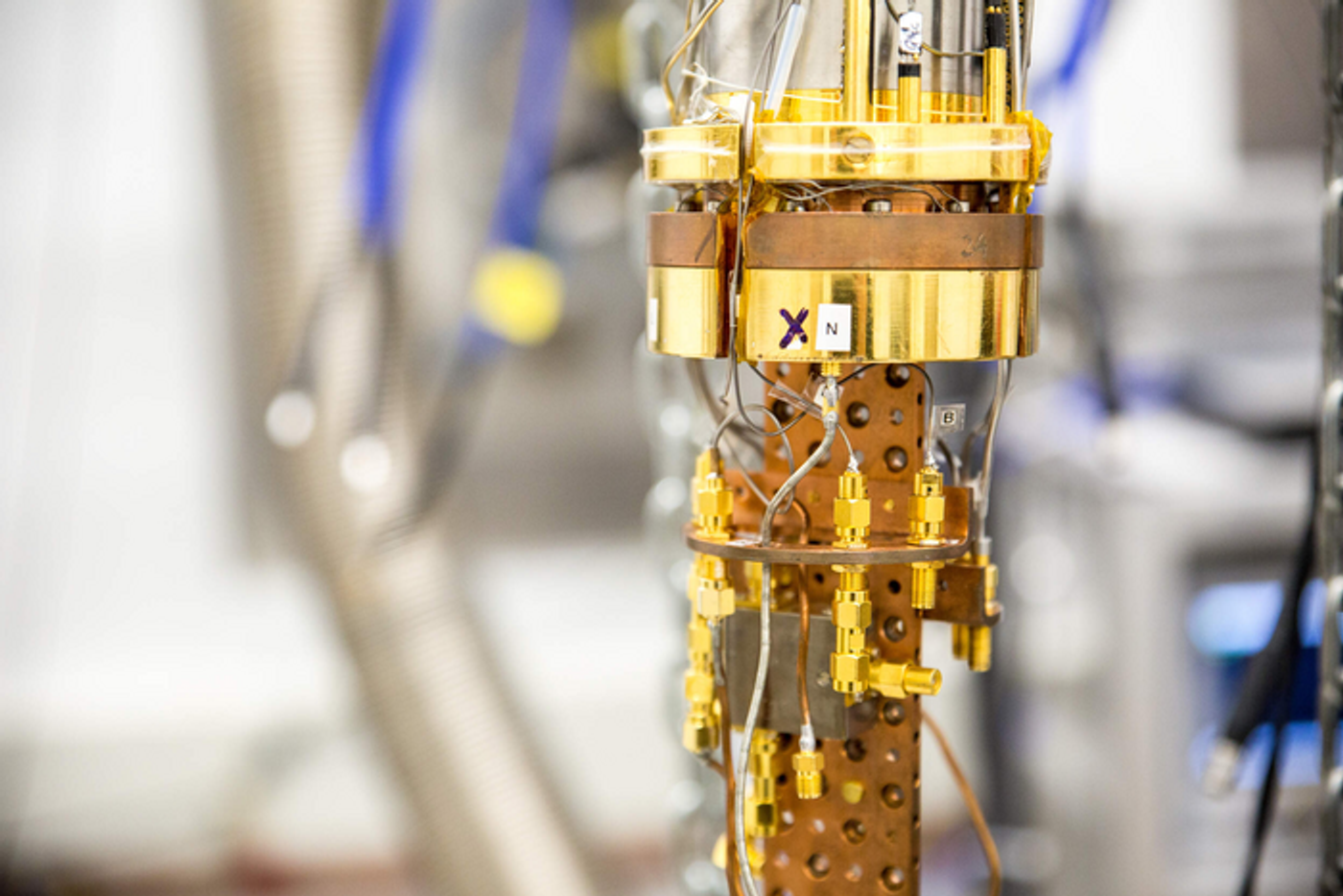Studying Quantum Wave Turbulence and Energy Dissipation
In a recent study published in Nature Physics, an international team of researchers led by Aalto University in Finland examine what’s known as quantum wave turbulence, which describes how wave-like motion transfers energy between macroscopic and microscopic length scales, along with addressing longstanding theoretical prediction regarding energy dissipation at microscopic scales.
The ultra-low temperature refrigerator at the Low Temperature Laboratory at Aalto University used for the study. (Credit: Mikko Raskinen/Aalto University)
For the study, the researchers used an ultra-low temperature refrigerator at the Low Temperature Laboratory at Aalto University to examine the turbulence energy of a Helium-3 isotope. They discovered energy is pushed to smaller and smaller scales to a point where energy is dissipated once it reaches a certain scale.
“The question of how energy disappears from quantized vortices at ultra-low temperatures has been crucial in the study of quantum turbulence. Our experimental set-up is the first time that the theoretical model of Kelvin waves transferring energy to the dissipative length scales has been demonstrated in the real world,” said Dr. Jere Mäkinen, who is a Postdoctoral Researcher at Aalto, and lead author of the study.
This research could not only lead to a better understanding of quantum level turbulence, but such an understanding could also lead to improved applications in fluids and gases, including how they’re used in planes, trains, and automobiles.
“Our research with the basic building blocks of turbulence might help point the way to a better understanding of interactions between different length scales in turbulence. Understanding that in classical fluids will help us do things like improve the aerodynamics of vehicles, predict the weather with better accuracy, or control water flow in pipes. There is a huge number of potential real-world uses for understanding macroscopic turbulence,” said Dr. Mäkinen. The next goal for the researchers involves submerging nano-sized devices in superfluids and manipulating the quantisuzed vortices associated with these devices.
What new discoveries will scientists make about quantum energy in the coming years and decades? Only time will tell, and this is why we science!
Sources: Nature Physics, EurekAlert!
As always, keep doing science & keep looking up!









